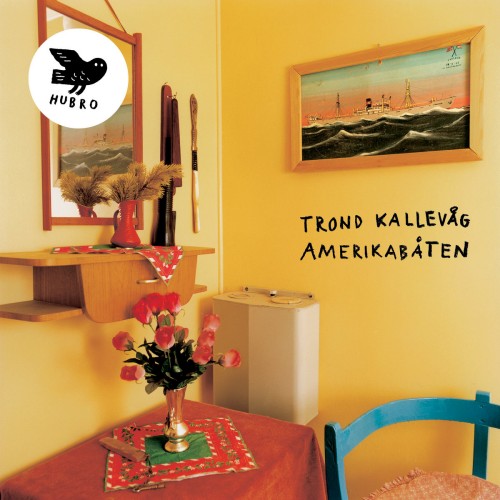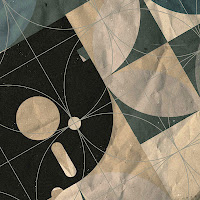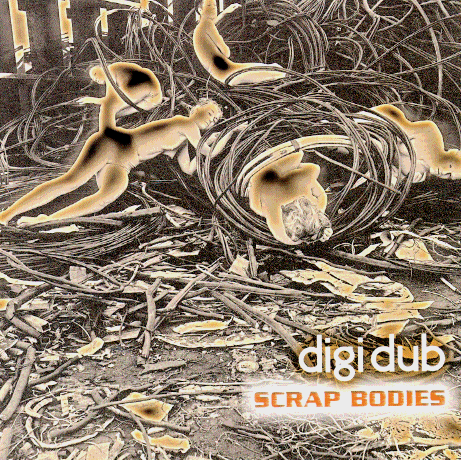 Back in the day, there was tape-trading. Conducted by post, y’know, when there was a postal service rather than a mausoleum of “a good idea we used to have”. I used to do a fair amount of it. It was a great way to find out about stuff you didn’t know about. Someone would put together a selection of stuff they liked, and you’d do one in exchange. There was also the thing of finding out about a load of the weirder side of things — it’s how I found folk like Merzbow and Masonna, but (perhaps more crucially), all those groups no-one remembers (Botanaphobia, anyone?). Then the internet came along and it was much less of a pain in the arse to find this stuff and some people started mistaking glaucoma for being misty-eyed. I’m making no bones about it — it’s substantially easier to expand horizons now (the problem is that people have to want to in the first place). But the social side, that’s disappeared a bit.
Back in the day, there was tape-trading. Conducted by post, y’know, when there was a postal service rather than a mausoleum of “a good idea we used to have”. I used to do a fair amount of it. It was a great way to find out about stuff you didn’t know about. Someone would put together a selection of stuff they liked, and you’d do one in exchange. There was also the thing of finding out about a load of the weirder side of things — it’s how I found folk like Merzbow and Masonna, but (perhaps more crucially), all those groups no-one remembers (Botanaphobia, anyone?). Then the internet came along and it was much less of a pain in the arse to find this stuff and some people started mistaking glaucoma for being misty-eyed. I’m making no bones about it — it’s substantially easier to expand horizons now (the problem is that people have to want to in the first place). But the social side, that’s disappeared a bit.
Add Rhythm Sampler is basically the brainchild of one Zali Krishna (his real name, and there’s a great story about his surname you must get him to tell you in person). He found a couple of old ‘one rhythm’ wax and divvied it out as a compilation project. A bunch of folk — most of whom are affiliated to either Freq, The Klinker, The A Band or all of the above – taking the rhythm, largely unmodified, and building a track around it.
Primarily, the interest for me is in the social side of this — there’s a semi-curated bunch of people who may or may not know each other making tracks with a common source. So there’s a cohesion, in terms of base material, and a diversity in terms of no-one having directions other than ‘use the rhythm unedited’. It sits in an odd place in the cultural world of DIY 2013 – there’s (sadly) little danger of this getting picked up by a massive or even moderate label; for a variety of boring reasons it’s unlikely to get reviewed in many places except those with personal contacts; regardless of the quality herein (it’s good), it’ll travel not much further than the makers and their mates.But fuck all that bollocks, right? No-one’s doing this music because they’re expecting to make a living – for most folk it’s an obsession that’s improved by exposure. I’ll come to the actual music in a bit, but for now I just want to say that this record’s important because it’s a postcard from a vaguely-defined community, it’s a marker that sometimes people come together to do stuff. It’s also a marker of creation-under-parameters – having the restriction of a specific, unmodified rhythm has pushed folk into waters they usually wouldn’t dip their toes in. In my tape-trading days, this would’ve been one of those records that gave me a load of contacts – new collaborators, new people to send mixes to – and the fact that that principle still exists, that people are still coming together to do music in a social, creative, expansive way is really lovely.
Freq mightn’t be the biggest platform in the world but still – it’s important that folk are aware that making an album, a compilation, music in general, isn’t something that’s always done exclusively by the remaining moderately-sized labels with either the clout or masochism to carry on. It’s important to recognise that this stuff is going on a lot, and it should be going on more. Half of the problem with DIY scenes is finding the people who are doing it, and these kind of projects are reminders that big audiences are less important than finding folk who are on the same wavelength (or thereabouts).
But yeah, there’s plenty more highlights I could probably natter about — Dolly Dollycore needs to put out a record so I can tell folk why her music’s amazing – but speaking in the broadest of terms it’s the sort of record that you should be listening to your ears and starting some sort of collective compilation thing because you were so inspired by this, right? Right.
-Kev Nickells-
Download or stream the album for free here.
(Disclosure: As Kev mentions above, this record features a fair few contributors to Freq, past and present, and its editor too. But not Kev, this time. That would be weird if he reviewed the album.)



